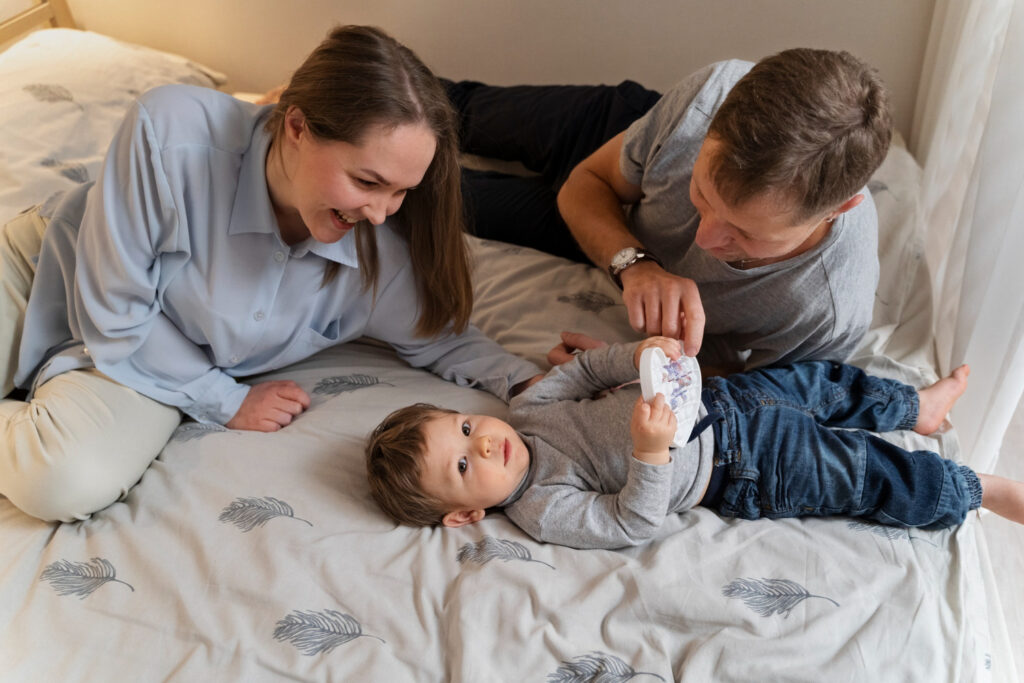Lack of Autism Training in Healthcare
The lack of autism training among healthcare providers is a significant issue that can have serious consequences for individuals with autism spectrum disorder (ASD) and their families. Here are some key aspects of the problem and its implications: 1. Misunderstanding or Misdiagnosis Healthcare providers who lack proper training in autism may misinterpret behaviors and symptoms, leading to incorrect diagnoses. For example, challenging behaviors that are part of autism, such as difficulty with social communication or sensory sensitivities, might be seen as symptoms of other conditions (e.g., anxiety, ADHD, or behavior disorders). This can delay appropriate interventions and therapies. 2. Poor Patient-Provider Communication Effective communication is crucial in healthcare, but many individuals with autism have unique communication needs. Without an understanding of these needs, providers may struggle to build rapport or get accurate information from patients. For instance, some individuals may have difficulty expressing pain or discomfort, while others might need additional time or alternative methods of communication (e.g., through a caregiver or augmentative communication devices). 3. Inadequate Healthcare Access Individuals with autism may have specific healthcare needs that aren’t addressed in standard care models. For example, they may experience sensory sensitivities that make routine medical procedures (like blood draws or physical exams) particularly distressing. Without understanding these needs, providers may unintentionally cause trauma, leading to negative experiences that discourage future healthcare visits. 4. Compromised Mental Health Care Many individuals with autism experience co-occurring mental health issues, such as anxiety, depression, or obsessive-compulsive disorder. If healthcare providers aren’t well-versed in the complexities of autism, they may not recognize the intersection of these conditions, which can lead to ineffective treatment plans or inappropriate medications. 5. Delayed or Missed Early Interventions Early diagnosis and intervention are critical to improving outcomes for children with autism. A healthcare provider who lacks training in autism might not recognize the early signs or know how to support families in seeking diagnostic evaluations or accessing services like speech therapy, occupational therapy, or behavioral interventions. 6. Barriers to Cultural Competence Autism manifests in a variety of ways, and understanding how it may differ across individuals, families, and cultural contexts is important. Healthcare providers who are not trained to understand the diversity within the autism community may inadvertently impose stigmas or misunderstandings, which can make families hesitant to seek care or report concerns. 7. Professional Development Gaps Autism is a neurodevelopmental condition with a wide range of presentations, and new research continues to emerge about its causes, characteristics, and best practices for care. Healthcare providers, including pediatricians, psychologists, social workers, and nurses, may not receive up-to-date training in autism during their initial education or continuing professional development. As a result, they may lack knowledge about the latest evidence-based practices and resources for supporting individuals with autism. The lack of autism training among healthcare providers is a multifaceted issue that requires a coordinated effort to improve education, awareness, and accessibility. When healthcare providers are better equipped to understand the unique needs of individuals with autism, it can lead to improved patient outcomes, reduced health disparities, and a more inclusive healthcare system overall.
Lack of Autism Training in Healthcare Read More »







